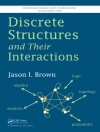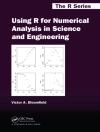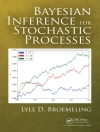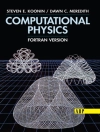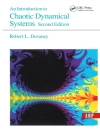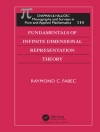In ‘Selected Mathematical Works, ‘ Lewis Carroll, known predominantly for his whimsical narratives, unveils his profound insights into the realm of mathematics through a unique blend of clarity and creativity. The collection showcases Carroll’s ability to intertwine logical reasoning with playful language, reflecting his dual passion for mathematics and literature. Ranging from his famous work on symbolic logic to his explorations of mathematical puzzles, the text exemplifies the Victorian fascination with both calculation and philosophical inquiry, inviting readers to ponder the nature of infinity, the mysteries of combinatorics, and the foundations of logic itself. Lewis Carroll, the pen name of Charles Lutwidge Dodgson, was not only a renowned author but also a mathematician and logician. His educational background at Oxford, where he studied mathematics and later became a lecturer, profoundly influenced his writing. The juxtaposition of his scholarly pursuits with his literary creativity is vividly demonstrated in this collection; it reflects his belief in the importance of playful thinking as an essential tool in understanding complex mathematical concepts. ‘Selected Mathematical Works’ is highly recommended for anyone intrigued by the intersections of literature and mathematics. Carroll’s treatises are not merely academic; they are infused with wit and charm, making them accessible to both specialists and general readers. This book promises to engage the mind and delight the imagination, serving as a gateway into the elegant world of mathematical thought.
Despre autor
Lewis Carroll, the pen name for Charles Lutwidge Dodgson, was born on January 27, 1832, in Daresbury, Cheshire, England. A man of diverse interests and talents, Carroll is best known for his whimsical and imaginative works, particularly ‘Alice’s Adventures in Wonderland’ (1865) and its sequel, ‘Through the Looking-Glass’ (1871). However, his contributions to the field of mathematics are often overshadowed by his literary acclaim, despite their significance. Carroll was a lecturer in mathematics at Christ Church, Oxford, and had a profound passion for logic and mathematical puzzles. His scholarly works, such as ‘Symbolic Logic’ and various papers on mathematical subjects, showcase his analytical mind and often incorporate elements of his playful literary style. Notably, his ‘Selected Mathematical Works’ is a compilation that reflects the breadth of Carroll’s scholarly endeavours, wherein his pedagogical approach to mathematics is evident. His literary style, characterized by nonsensical elements, wordplay, and fantasy, also permeates his mathematical writings, rendering them uniquely Carrollian. Though primarily recognized for his contributions to children’s literature, Carroll’s work in mathematics affirms his standing as a versatile and innovative thinker of the Victorian era. He passed away on January 14, 1898, but his works continue to influence both literature and the study of logic and mathematics.


